![]()
![]()
the Overwhelmingly Large Telescope (2017)
the Terrestrial Planet Finder (2014)
according to the the International Astronomical Union's redefinition of the term 'planet' (August 24, 2006)
the solar system consists of eight planets and several dwarf planets such as Pluto
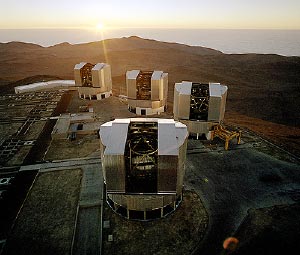
the Very Large Telescope (2000)
the international space station (October 31, 2000) represents a merger of previously planned independent
space stations, especially Russia's Mir 2, United States' Space Station Freedom and the planned European Columbus,
representing a permanent human presence in space: it has been manned with a crew of at least two since November 2, 2000
the Bose-Einstein Condensate (1995) was observed by Physicists at the Joint Institute for Laboratory Astrophysics
M-theory (1995)
the Hubble Space Telescope (1990)
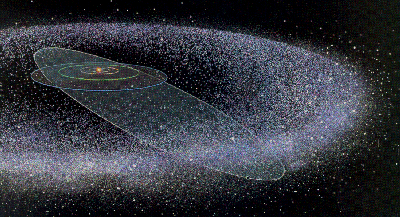
the Kuiper Belt (1995)
the Soviet space station Mir (February 19, 1986 - March 23, 2001)
Viking 1 (July 20, 1976) was the first spacecraft that returned color pictures of Mars to Earth
Cosmic string theory was introduced (1976)
Salyut 1 (1971) was the first space station
the first pulsar was discovered (1967) by Jocelyn Bell Burnell and Antony Hewish
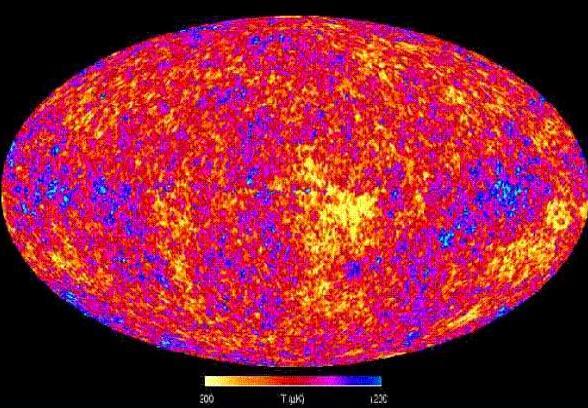
Arno Penzias and Robert Woodrow Wilson at Bell Telephone Laboratories (1965)
discovered cosmic microwave background radiation
the term quasar was coined (1964) by Chinese-born U.S. astrophysicist Hong-Yee Chiu
the existence of the Van Allen Radiation Belts (July 1958) was confirmed
the antiproton (1955) was discovered by Emilio Segre and Owen Chamberlain

the Oort cloud (1950)

Einstein's Unified field theory (1950)
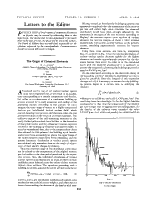
the Alpher-Bethe-Gamow theory (1948)
the CNO cycle (1938) was proposed by Hans Bethe
radio telescopes (1937)
the term 'supernova' (1934) was coined by Fritz Zwicky and Walter Baade

Edwin Hubble confirmed the big bang theory (1929) with the statement of his empirical Redshift Distance Law of galaxies
Georges Lemaître (1927) derived the Friedmann-Lemaître-Robertson-Walker equations
from Albert Einstein's equations of general relativity and proposed, that the Universe
began with the "explosion" of a "primeval atom" - what was later called the Big Bang
Arthur Eddington's The Internal Constitution of Stars (1926)
the wave-particle duality of light and matter (1924) was described by Louis de Broglie
Edwin Hubble (December 30, 1924) announced
the existence of galaxies outside of the Milky Way
the Kaluza–Klein theory (1921)

the Great Debate (April 26, 1920)
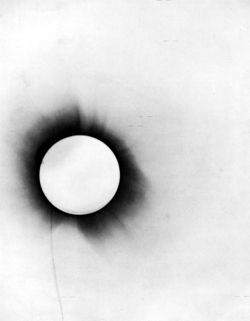
Arthur Eddington's Report on the relativity theory of gravitation (1919)
the International Astronomical Union (1919)
the Schwarzschild radius (1916)
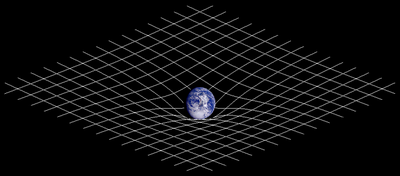
General relativity (1915)
cosmic rays (1912) were discovered by Victor Hess
the redshift (1912) was discovered by Vesto M. Slipher
the Hertzsprung-Russell diagram (1910)
Einstein published his principle of equivalence (1907) which says that gravitational
acceleration is indistinguishable from acceleration caused by mechanical forces
Spacetime (1905)
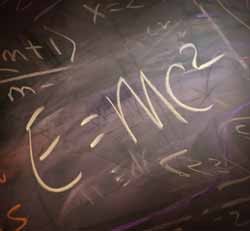
the Annus Mirabilis Papers (1905)
the Astrophysical Journal (1895)
John Dreyer's New General Catalogue of Nebulae and Clusters of Stars (1880s)
the moons of Mars (1877) were discovered by Asaph Hall
William Huggins' distinction between nebulas and galaxies (1870)
archaeoastronomy (1869)
Anders Jonas Ångström's studies of the solar spectrum (1861)
Rudolf Wolf calculated that the sunspot cycle averages 11.1 years (1852)
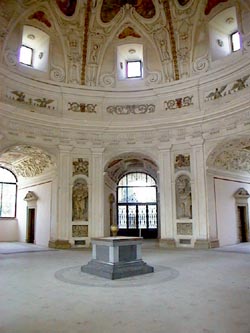
the Foucault pendulum (1851)
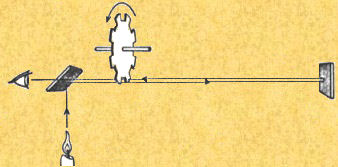
Hippolyte Fizeau (1850) measured the speed of light and electricity
Uranus (March 13, 1781) was discovered by William Herschel
Abraham Gottlob Werner's Neptunism (1780)

Charles Messier's catalogue of Nebulae and Star Clusters (1774)
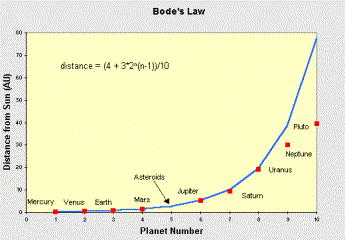
the Titius-Bode law (1766)
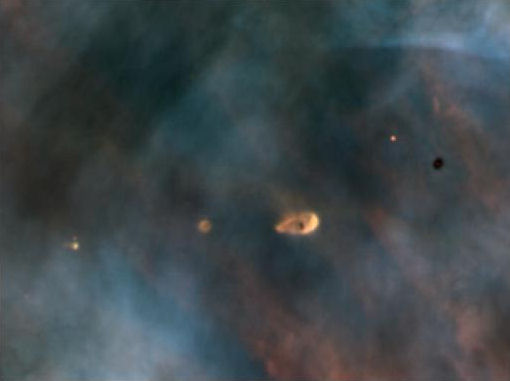
the Kant-Laplace theory (1755)
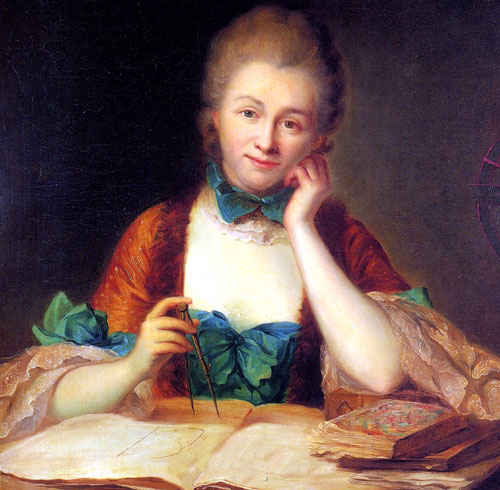
Émilie du Châtelet's correction of Newton's formula (1749) E = mv to E = mv²
the sextant (1730)
the nutation of planet Earth was discovered (1728) by the English astronomer James Bradley
Edmund Halley (1718) announced his discovery that the fixed stars actually have their own motion called proper motion
Edmond Halley (1705) published Synopsis Astronomia Cometicae, which stated his belief that
the comet sightings of 1456, 1531, 1607, and 1682 related to the same comet, which he predicted
would return in 1758. When it did it became generally known as Halley's Comet
Christiaan Huygens' Cosmotheoros (1698)

Christiaan Huygens' Traité de la lumiere (1678)
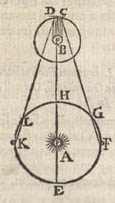
Ole Rømer made the first quantitative measurements of the speed of light (1676)
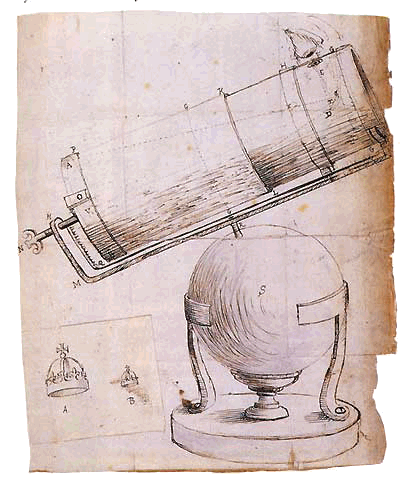
the reflecting telescope (1668) was invented by Isaac Newton
Giandomenico Cassini's astronomical studies (1656)
the principle of relativity (1632)

Galileo's Dialogue Concerning the Two Chief World Systems (1632)

Kepler's laws of planetary motion (1619)
Gallileo's Sidereus Nuncius (1610)
sunspots (1610) began to be observed telescopically

the telescope (1608) was invented by Hans Lippershey. Galileo made
his own in 1609 and was the first to use it for astronomical purposes
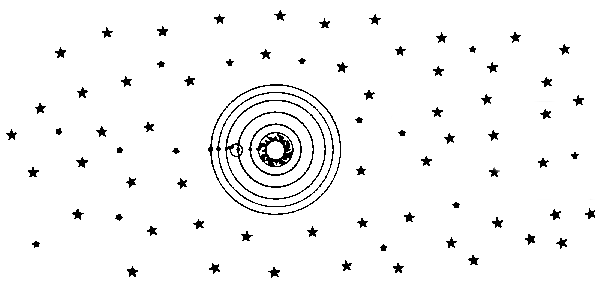
Giordano Bruno's On the Infinite Universe and Worlds (1584)
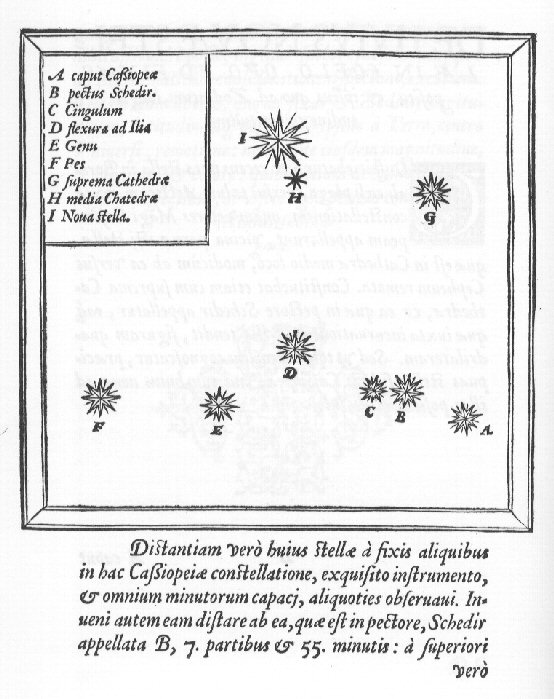
Tycho Brahe's De Stella Nova (1573)
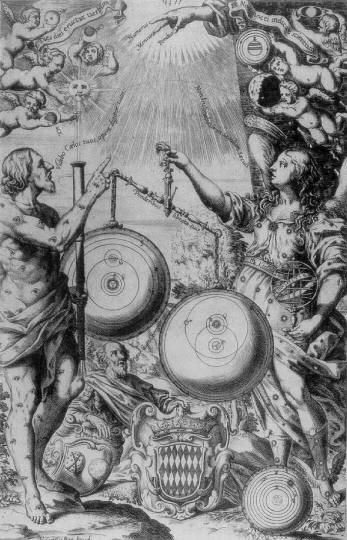
Tycho Brahe (late 16th century) worked to combine what he saw as the geometrical
benefits of the Copernican system with the philosophical benefits of the Ptolemaic
system into his own model of the universe, the Tychonic system
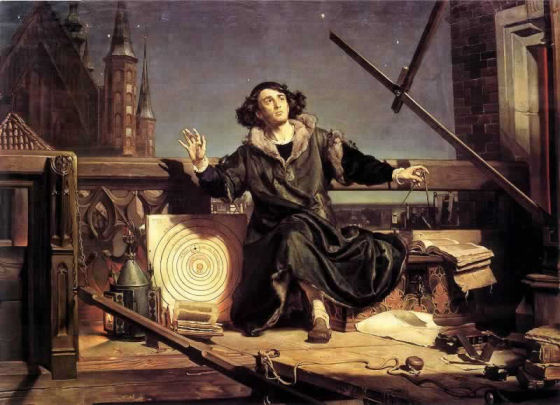
Nicolaus Copernicus (1543) was an astronomer who provided the first modern formulation of a heliocentric
(sun-centered) theory of the solar system in his epochal book On the Revolutions of the Celestial Spheres
Petrus Apianus' Cosmographicus liber (1524)
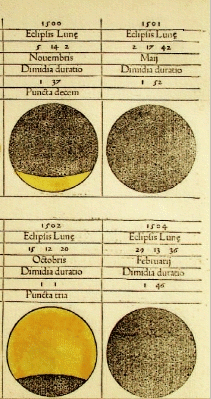
Regiomontanus' Ephemeris (1475)
Ulugh Beg's observatory (1428)
the Zij-i Ilkhani (1272)
the Tables of Toledo (eleventh century)
Abu Jafar Khazeni's Zij al-Safa'ih ("Tables of the disks of the astrolabe") (10th century)
the Venerable Bede On the Nature of Things (early 8th century)
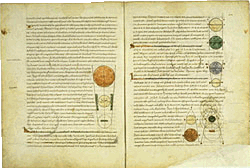
Calcidius (4th cent.)
Cleomedes' On the Circular Motions of the Celestial Bodies (2nd century)
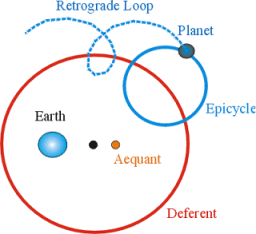
Ptolemy's Almagest (150)
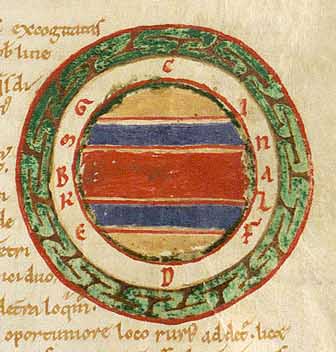
the Dream of Scipio (51 bc)
Hipparchus discovered the precession of the equinoxes (ca 146 bc)
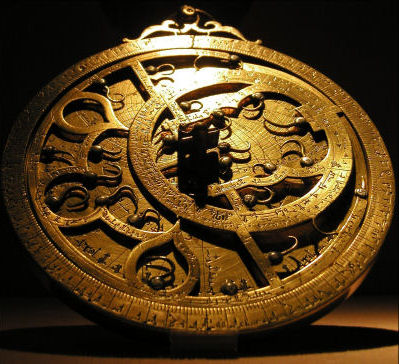
Hipparchus (150 bc) was the first Greek to develop quantitative and accurate models for the motion of
the Sun and Moon. For this he made use of the observations and knowledge accumulated over centuries
by the Chaldeans from Babylonia. He was also the first to compile a trigonometric table, which allowed him
to solve any triangle. With his solar and lunar theories and his numerical trigonometry, he was probably the first
to develop a reliable method to predict solar eclipses. His other achievements include the discovery of precession,
the compilation of the first star catalogue of the western world, and probably the invention of the astrolabe
Apollonius of Perga (230 bc) gave the ellipse, the parabola, and the hyperbola the names by which we know them.
The hypothesis of eccentric orbits, or equivalently, deferent and epicycles, to explain the apparent motion of the
planets and the varying speed of the Moon, are also attributed to him

Eratosthenes calculated the circumference of the Earth to be 39,690 km (240 bc) today it is measured at 40,008 km
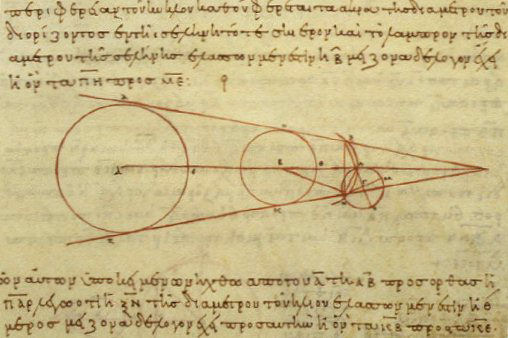
Aristarchus of Samos (around 250 bc) was the first to propose that
the sun is the center of the universe and that the earth moves around it

armillary spheres (255 bc)
Aratus' Phaenomena (ca 270 bc)
Strato of Lampsacus (310 bc) can be regarded as the first philosopher to formulate a worldview,
in which the universe is regarded as a mechanism and transcendent forces (i.e. deities) are nonexistent

Pytheas suggested (330 bc) that the tides were caused by the moon
and described the Midnight Sun, the aurora and Polar ice
Aristotle argued for a spherical Earth (ca 330 bc)
like the Pythagoreans Hicetas and Ecphantus, Heraclides Ponticus (350 bc) proposed that the
apparent daily motion of the stars was created by the rotation of the Earth on its axis once a day
Eudoxus (around 380 bc) calculated the 23,6 degree tilt of the Earth
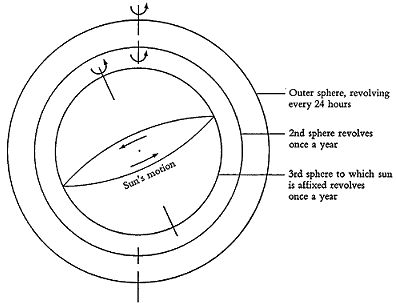
Eudoxus of Cnidus' planetary model (380 bc)
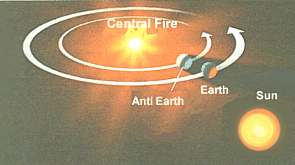
Philolaus (450 bc) supposed that the sphere of the fixed stars, the five planets, the Sun, Moon
and Earth, all moved round the central fire, but as these made up only nine revolving bodies, he
conceived in accordance with his number theory a tenth, which he called counter-earth

the babylonian zodiac (ca. 500 bc)

Anaximander claimed that arche is the apeiron

the Mul Apin Tablets (1000 bc)
Venus tablet of Ammisaduqa (1600s bc)
pyramids (2600 bc)

solar alignments of ritual sites (3200 bc)